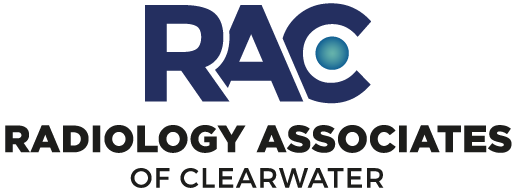Facet Joint Injections
A facet joint injection is a procedure that identifies the source of irritation in the small joints at each segment of the spine. These joints provide stability and help guide motion. A cervical (neck), thoracic (upper back) or lumbar (lower back) facet joint injection involves injecting a steroid (anti-inflammatory) medication, which can anesthetize (numb) the facet joints and block the pain.
If multiple levels of pain exist within the facets, several injections may be required to pinpoint the pain source in each location. This pain relief will enable you to undergo necessary conventional treatment, such as physical therapy, to rehabilitate your back.
Procedure preparation
A technologist or nurse will contact you 24-48 hours prior to your appointment to review medications you are currently taking, especially pain medications and blood thinners, discuss known allergies and your medical history, as well as answer your questions.
Contact your doctor before you stop taking any medication.
Please bring previous imaging study results (MRI, CT, x-rays) such as films, reports, or CD-ROMs, if available.
You will need a driver for your appointment. If you are unable to drive or arrange transportation, call us for assistance.
Please notify a member of our staff if you are nursing or if there is a chance you may be pregnant.
What to expect during the procedure
Using a thin needle and x-ray-guidance (fluoroscopy), a radiologist will inject contrast (x-ray dye) into or adjacent to the facet joint thought to be causing your pain. This will ensure correct placement of the needle for the procedure.
During the procedure you may feel some slight pressure or discomfort.
The radiologist will be interested in how this discomfort compares to your usual pain symptoms.
X-rays are taken, and a combination of an anti-inflammatory (steroid) and anesthetic (numbing) medications are then injected for pain relief.
You will remain awake during the 10-20 minute procedure, and may experience some slight pressure or discomfort during the injection.
Please inform the radiologist how it differs from your usual symptoms.
You will be asked to wait 30-40 minutes after your procedure before leaving.
What to expect after the procedure
You may experience numbness and/or relief from your symptoms for up to six hours after the injection.
Your usual symptoms may then return and may possibly be worse than usual for a day or two.
The beneficial effects of the steroids usually require 2-3 days to take hold, but may take as long as 5-7 days. If there is no change in your symptoms after a week, your doctor may want to investigate other possible sources for your pain.
If an initial injection provided a certain amount of relief, a second injection might strengthen the pain relief effect. Also, if your pain subsides, but begins to return weeks or months later, additional injections – up to four a year – are possible.
Keep track of how long relief lasts and report it to your physician. If there is no change in the pain, then investigation can be focused on other possible sources of your pain. In either case, the information is useful to the doctor who referred you for this procedure.
If the injection blocked your pain effectively, but only for a short time, your doctor may request additional injections. Your doctor may also wish to consider a procedure that offers more permanent relief, such as radiofrequency rhizotomy.
Potential side effects
Steroid medications may cause facial flushing, occasional low-grade fevers, hiccups, insomnia, headaches, water retention, increased appetite, increased heart rate, and abdominal cramping or bloating.
These side effects are bothersome in only about 5% of patients and commonly disappear within 1-3 days after the injection.
- Home
- About Us
- Physicians
- Technology
-
Services
- General Radiology
-
Interventional Radiology
- Angiography
- Chemoembolization
- Radiofrequency Ablation
- Uterine Artery Embolization
- Vericose Vein Treatment
- Arthrography
- Discography
- Epidural Steroid Injections
- Epidurography
- Facet Joint Injections
- Kyphoplasty
- MRI Arthrography
- Nerve Root Blocks
- Radiofrequency Rhizotomy
- Sacroiliac Joint Injection
- Trigger Point Injections
- Stellate Ganglion Block
- Vertebroplasty
- Facet Nerve Injection
- Myelogram
- Neuroradiology
- Women's Imaging and Interventions
- Orthopedic and Sports Imaging
- Oncological Diagnostics and Interventions
- Cardiovascular Radiology
- Locations
- Contact









